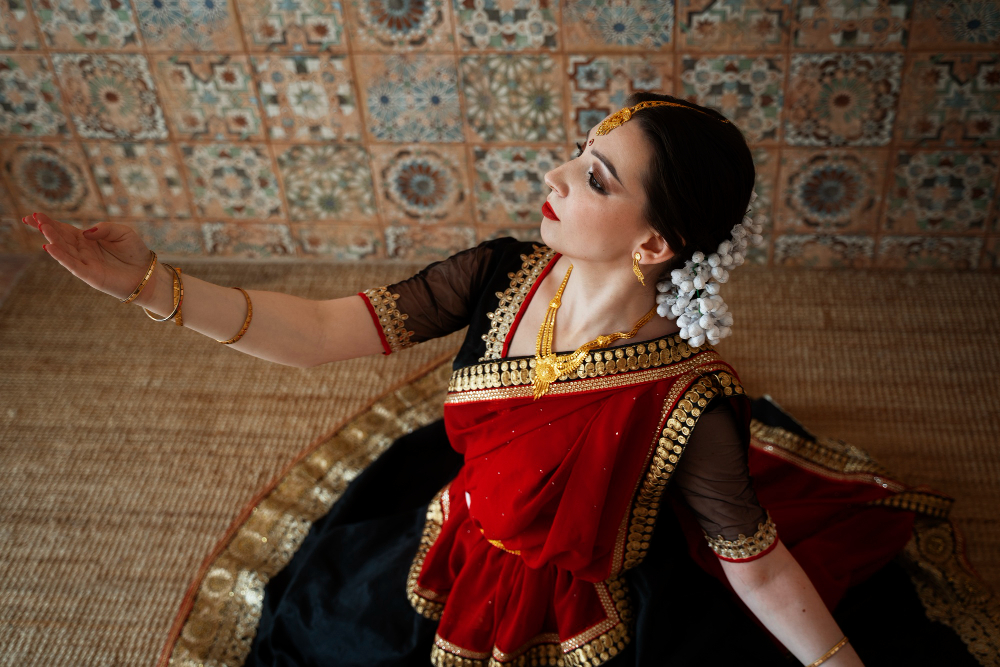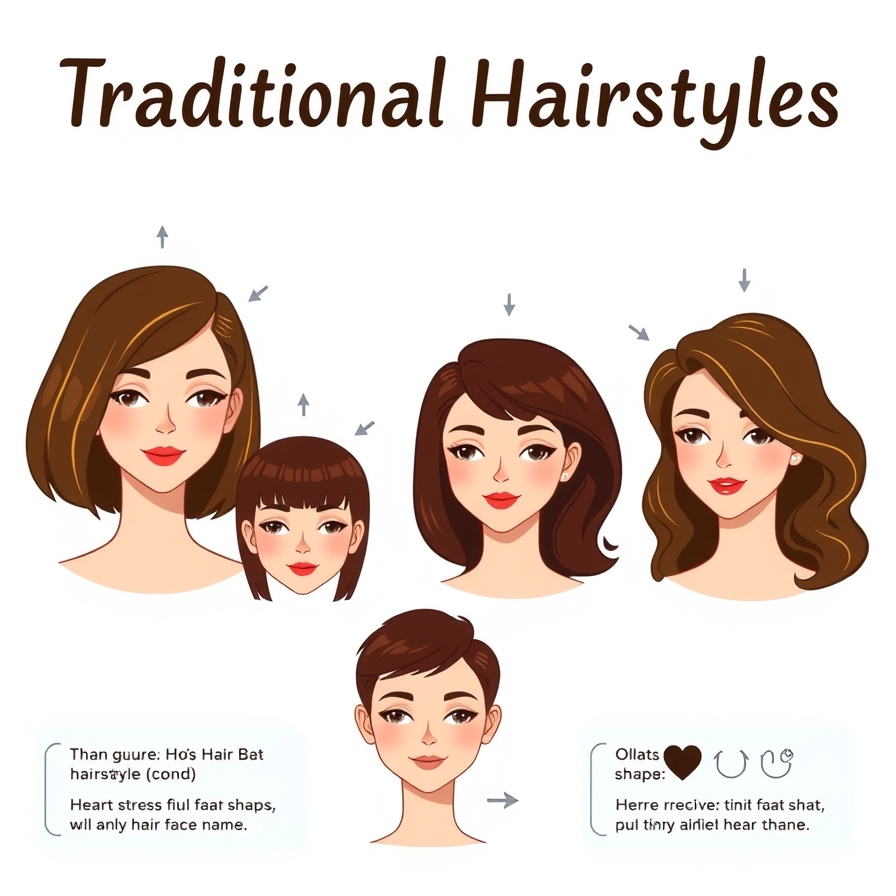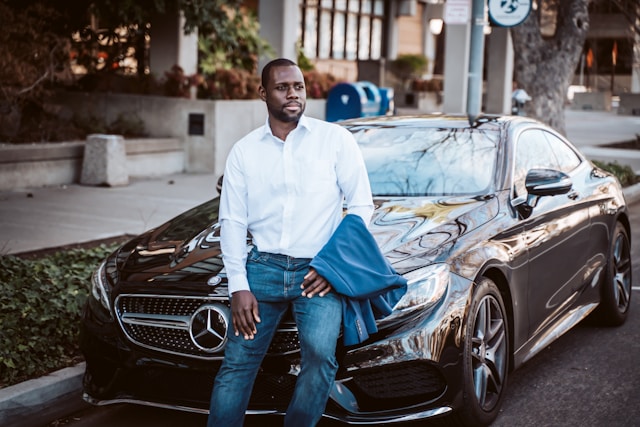Looking for traditional hair style ideas? Explore timeless looks like braids, elegant updos, and classic waves from cultures worldwide. This guide provides easy-to-follow inspiration, from their rich history to simple steps for creating them today, helping you find a style that celebrates beauty and heritage.
It can be frustrating when modern trends feel fleeting, and you’re searching for a look with more meaning and enduring style. You’ve come to the right place. This guide will walk you through the most iconic traditional hairstyles, their cultural significance, and practical ways to wear them with confidence.
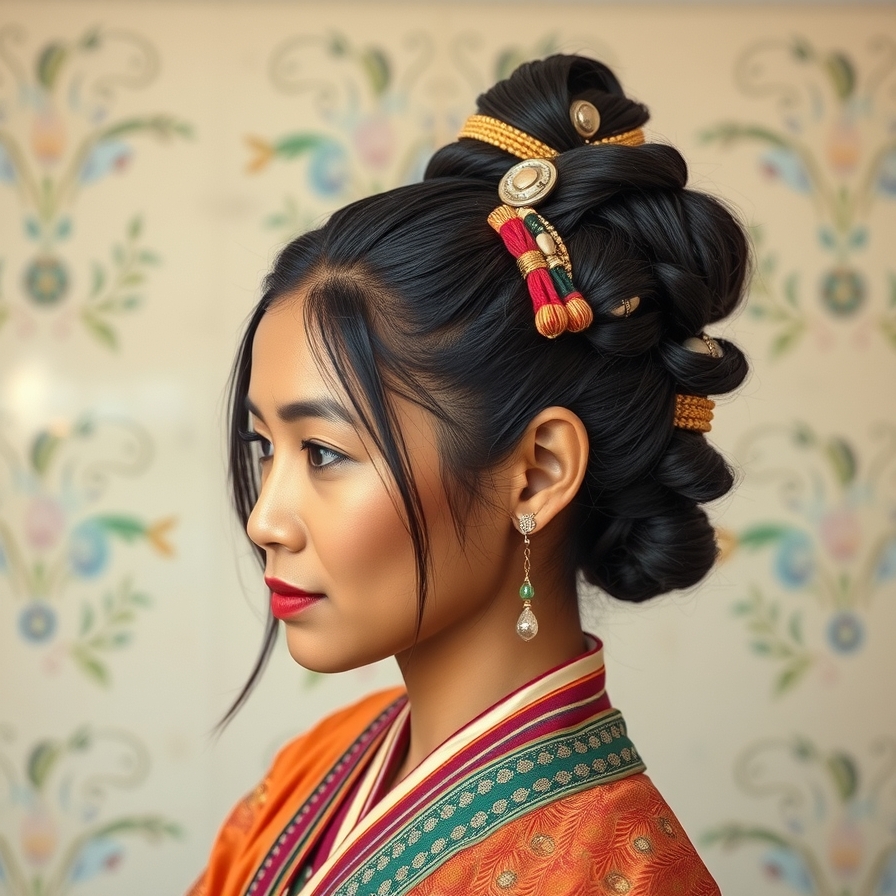
Why Traditional Hairstyles Are Timeless
Traditional hairstyles are more than just old trends. They are a living link to our past. These styles carry stories, skills, and meanings that have been passed down for generations. They connect us to our ancestors and to cultures around the world. This deep history gives them a sense of enduring beauty that fast-changing modern fads often lack.
The Cultural Significance of Hair Across History
Hair has always been much more than just a style. In many cultures, it tells a story. It can show your family background, your social status, or your spiritual beliefs. For example, in many Native American communities, hair is a source of pride and is seen as a sacred part of one’s identity.
In ancient Africa, intricate braiding patterns, like cornrows, could indicate a person’s tribe, age, or marital status. The Smithsonian Institution has fascinating articles on how hair styles have been used as a social signal across centuries. This deep meaning is a key reason why these styles have been preserved and are still valued today.
From Ancient Rituals to Modern Fashion Statements
The journey of these hairstyles is remarkable. What began as part of ancient rituals has now found a permanent place in global fashion. The “Gibson girl” hairstyle, for instance, defined feminine elegance in the early 1900s.
Today, the classic French twist is a red-carpet staple. Designers often look to the past for inspiration, pulling traditional elements like braids and buns onto the modern runway. This shows how these styles are not stuck in the past. They are constantly being rediscovered and celebrated for their timeless appeal.
Exploring Iconic Traditional Hairstyles from Around the World
Let’s take a closer look at some of the most iconic styles. These looks have stood the test of time and continue to inspire us today.
The Art of Braiding: From Cornrows to Crown Braids
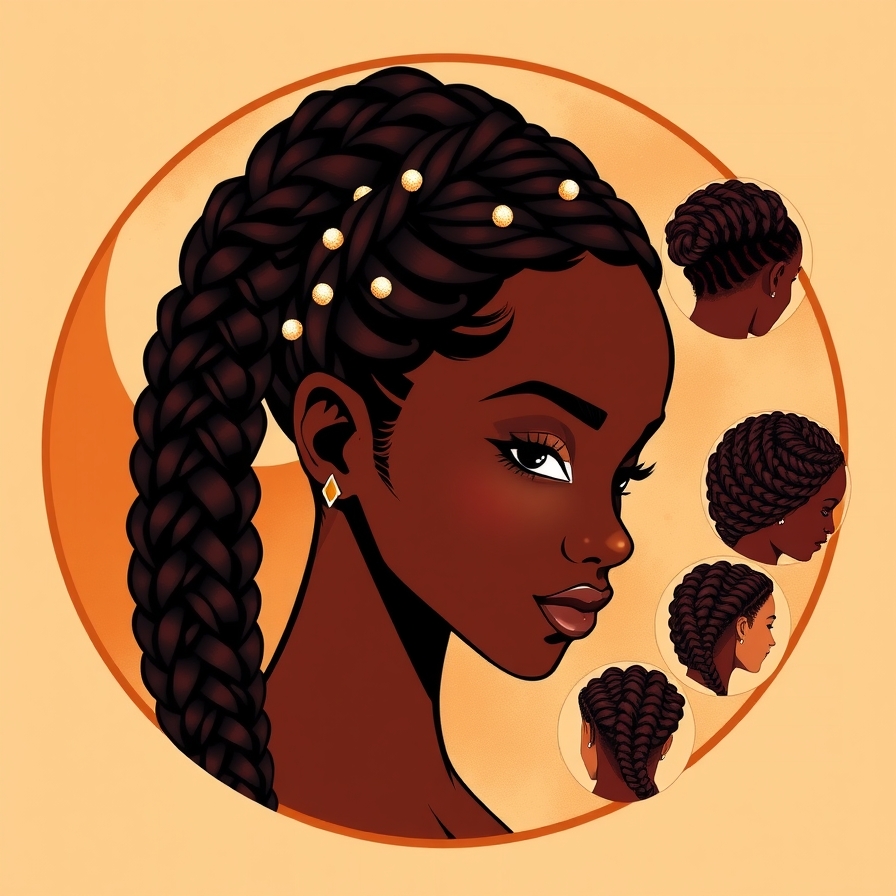
Braiding is one of the most universal and ancient hair traditions. The styles are as diverse as the cultures they come from.
-
African Braiding Styles: This includes cornrows, where the hair is braided very close to the scalp, and box braids, which are individual plaits. These styles are famous for their intricate patterns and are a celebrated form of art.
-
European Braids: The crown braid and the French braid are classic examples. They are often associated with a rustic, romantic elegance and have been worn for centuries in various forms.
-
Cultural Importance: The history of braids is deep. You can learn more about the incredible history of braids across different cultures through resources like the National Museum of African American History & Culture, which details their significance and evolution.
Elegant Updos and Chignons: Classic Sophistication
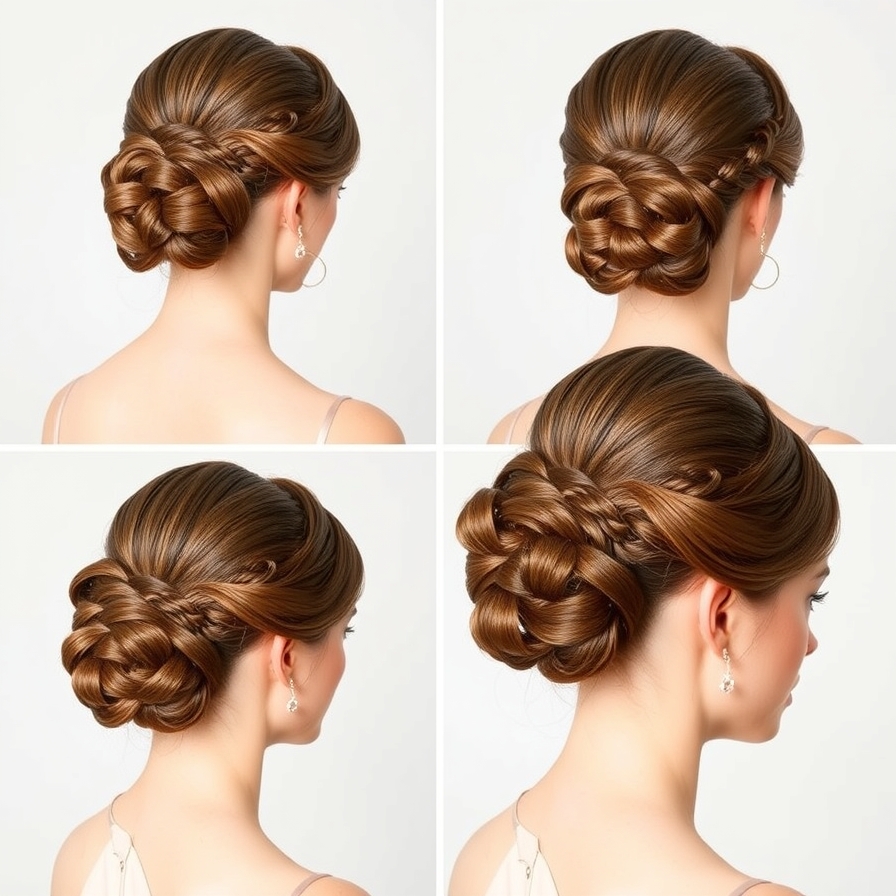
When you think of timeless elegance, updos come to mind. These styles pull the hair away from the face and neck, creating a clean and polished look.
-
The Gibson Girl: This was the iconic hairstyle of the late 1890s and early 1900s. It featured a tall, bouffant shape with soft puffs of hair. It symbolized independent and feminine spirit.
-
The French Twist: Also known as a chignon, this is a quintessential vintage updo. It involves twisting the hair upwards and tucking it in. It is a symbol of effortless class.
-
The Chignon Bun: A chignon is a general term for a low bun at the nape of the neck. It is a simple yet profoundly elegant style that works for any formal event.
Celebrating Natural Texture: The Afro and Beyond
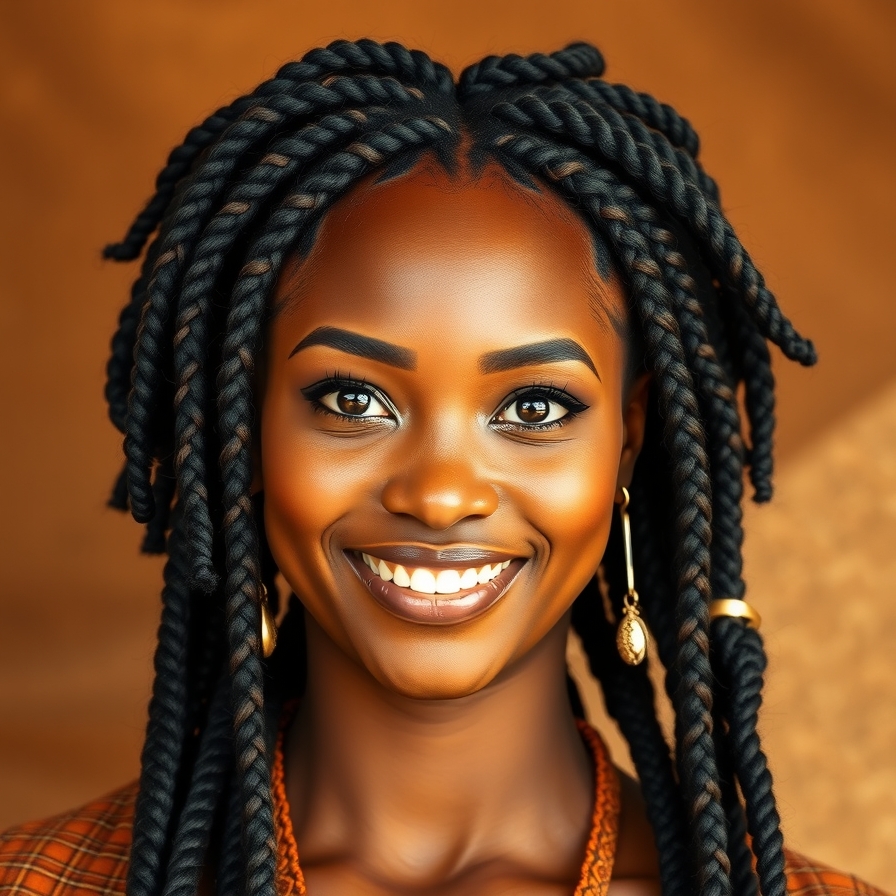
Many traditional styles beautifully showcase natural hair texture. They are about wearing your hair in its most authentic form.
-
The Afro: This powerful style became a symbol of the Black Pride movement in the 1960s. It involves growing one’s hair out naturally into a halo shape. It is a bold celebration of natural beauty and identity.
-
Traditional Native American Hairstyles: These often featured long, flowing hair, sometimes decorated with feathers or braids. For many, long hair is a spiritual practice, representing a connection to nature and one’s thoughts.
-
Protective Styling: Many of these styles, like braids, are also functional. They are a key part of protecting natural hair from damage and helping it to grow healthy and strong.

